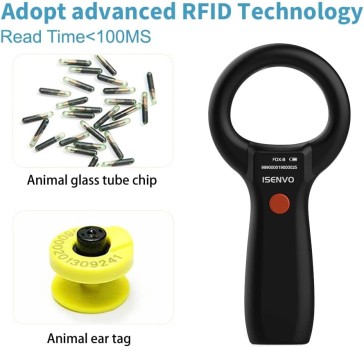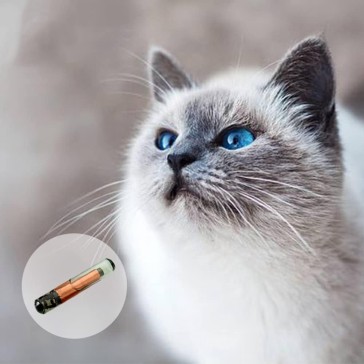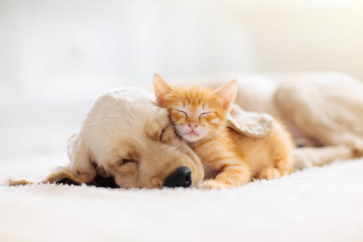6 pet hygiene precautions: Can be done daily without effort to protect health
These 6 precautions cover the four major scenarios of pet "eating, living, transportation, and play", with simple operation and low cost. It can be completed in 10-20 minutes per day, suitable for all pet owning families.
1. Pet "food bowl and water bowl": Clean daily to prevent bacteria from accumulating more and more
Pet food and water bowls are the "hardest hit areas" for bacterial growth - residual cat food and dog food are prone to moisture and mold, and the water in the water bowl can breed microorganisms if not changed for a long time. Pets using such food bowls to drink water and eat for a long time can easily cause gastrointestinal discomfort; If family members are not careful when cleaning the food bowl, they may also come into contact with bacteria.
The correct approach:
Food basin: After each pet finishes eating, rinse with warm water and thoroughly clean 1-2 times a week with detergent. After washing, air dry before use to avoid dampness and bacterial growth; If it is a ceramic or stainless steel food bowl, it can be washed once a month with boiling water to help disinfect.
Water bowl: Change fresh drinking water 1-2 times a day, rinse the water bowl with clean water before each water change; Clean once a week with detergent, especially the "mouth watermark" on the edge of the water bowl, carefully wipe it clean.
Caution: Do not use plastic food and water bowls, as plastic can easily cause scratches, accumulate dirt, and be difficult to clean. Long term use may lead to oral problems in pets; Avoid placing the food bowl in damp places such as balconies and bathrooms, as damp environments can accelerate bacterial growth.
2. Pet "Hair Care": Regular combing and deworming to prevent "floating hair" and "parasites" from coming knocking on your door
Whether it is a cat or a dog, their hair is a "big hiding place for dirt and grime" - outdoor dust, pollen, and dander will adhere to their hair, which can easily become tangled if not cleaned for a long time, and even breed parasites (such as fleas and lice); When pets shed their fur, floating fur may stick to sofas, clothes, and beds, and family members may experience skin itching, sneezing, and other symptoms upon contact.
The correct approach:
Combing: Short haired pets should be combed with a needle comb once a day for 5 minutes each time; Long haired pets use a comb and needle comb to comb for 10 minutes each time, focusing on areas such as armpits, abdomen, and inner thighs that are prone to tangling, and promptly cleaning up floating hair.
Deworming: Perform external deworming (such as deworming drops) on pets once a month, and internal deworming every three months. Especially for dogs that frequently go out, the frequency of deworming should not be reduced; If small black or white spots are found in the pet's hair during grooming, or if the pet frequently scratches the skin, it is necessary to check for parasites in a timely manner.
Attention: Do not bathe pets frequently. Dogs should bathe 1-2 times a month, and cats should bathe once every 3-4 months. Overbathing can damage the oil layer of pet skin, leading to dryness and more severe hair loss; When taking a shower, use pet specific shower gel. The pH value of human shower gel is not suitable for pets and can irritate the skin.
3. Pet "Claw Cleaning": It is necessary to wash after walking the dog, and do not ignore the dirt in the "crevices"
Pet paws come into contact with the ground every day and can get dirty with dust, soil, and bacteria. Especially after dogs go out for walks, there may be small stones, weeds, and fecal residues hidden in the gaps between their paws. If not cleaned in a timely manner, it can not only dirty the floor and sofa of the house, but also cause pet paws to become inflamed and infected. Family members can also easily get bacteria after contact.
The correct approach:
After walking the dog: Soak a towel in warm water and carefully wipe the soles, toe crevices, and foot pads of the paws, especially cleaning the soil and small stones in the toe crevices; If the paws are particularly dirty, they can be washed with a pet specific foot cup or warm water. After washing, dry them with a dry towel to avoid moisture causing the foot pads to crack.
Cats: Although most cats do not go out, they occasionally step into the litter box and rub against dust. Use a damp tissue to wipe their paws once a day, with a focus on cleaning their feet and toe crevices; Regularly check the nails on the cat's paws, and trim them with a pet nail clipper if they are too long to avoid scratching family members or hooking onto fabrics.
Caution: Do not let pets bring dirty paws to bed or on the sofa. It is best to place a foot towel at the door to form the habit of "wiping their paws first when entering"; If a pet's paws have wounds or redness, they should be cleaned promptly with pet specific disinfectant wipes to avoid infection.
More infomation is coming. Expecting Section Three.








Validate your login